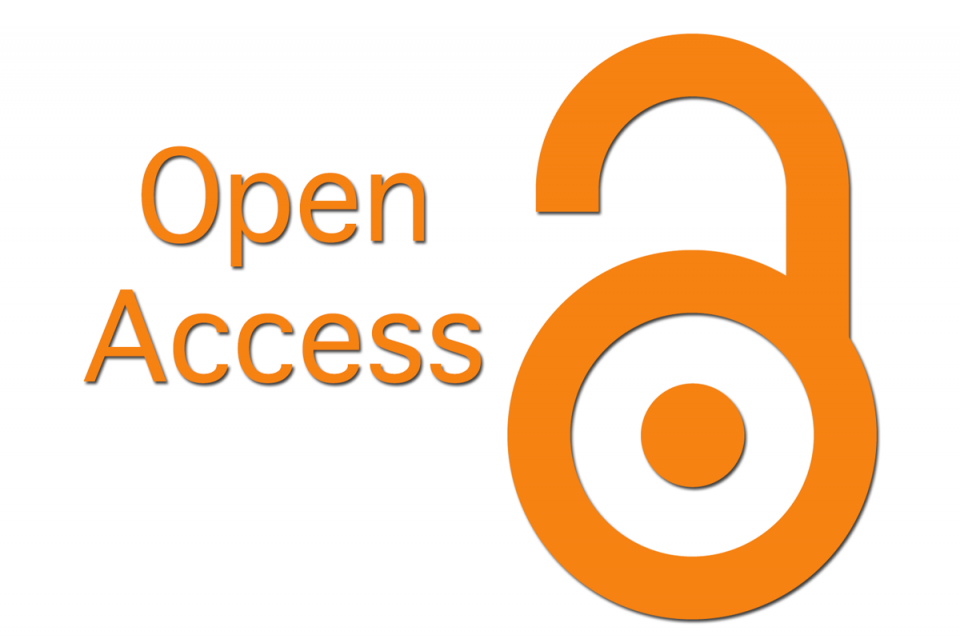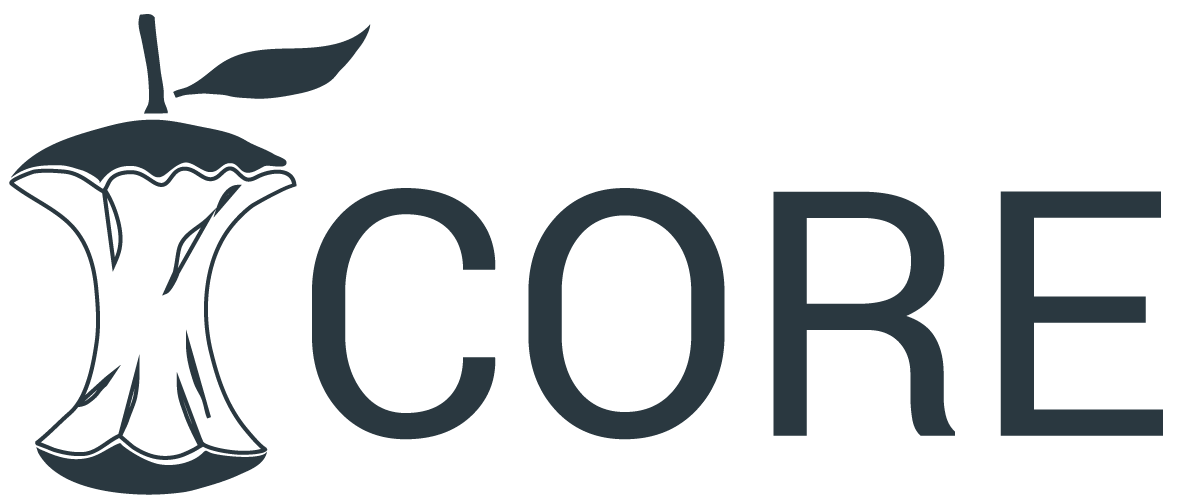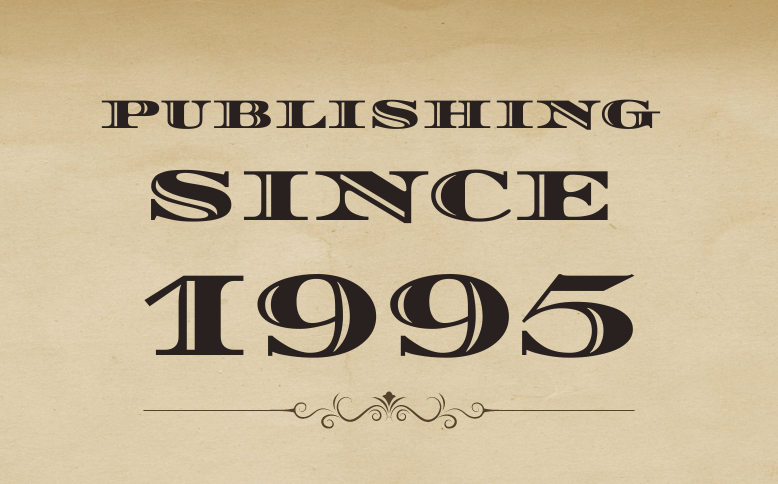A Study on Google Classroom for Mobile Edification at University level by Using AHP Model for Initial Perceptions – A Case Study of Sankalchand Patel University
Keywords:
COVID-19, Evaluation of Online Teaching Platform, Analytic Hierarchy ProcessAbstract
In India, many online teaching platforms are being used in universities, colleges, and schools at all levels in the context of COVID-19. This research provides an online teaching platform evaluation system in order to systematically investigate the elements that influence the selection of online teaching platforms. Following a review of a series of factors that have significant influences on the selection of online teaching platforms, eight major factors are identified. Based on the Analytic Hierarchy Process, a hierarchical structure model for online teaching platform selection is constructed. Based on the questionnaire, the rank was the same with both methods for the most preferred question and the least important question, which were derived from Performance Expectancy (PE) and Use Behaviour, respectively (UB). These findings revealed that both techniques produced the same rank for the five likert scale alternatives, with "Agree" being the most important and "Strongly disagree" being the least important. In specifically, the weights of the indicators are calculated and evaluated for each layer in order to achieve the overall ranking and, as a result, the optimal scheme. The following is the order of priority for assessment indicators of online teaching platforms, according to the findings: Google Classroom is useful in this course since it is simple to use and has all of the materials that are required to participate in Google Classroom (internet, Smartphone, laptop, etc.).
Downloads
References
(n.d.). Retrieved from www.bscol.com.
(n.d.). Retrieved from www.balancescorecard.org.
Allio, M. (2006). Metrics that matter. Bradford : Emerald Group Publishing Ltd , pp. 255 - 263.
Bhushan, N., & Rai, K. (2004). Strategic Decision Making : Applying the Analytic Hierarchy Process. Springer .
Bishop, J. L., & Verleger, M. A. (2013). The flipped classroom: A survey of the research. ASEE National Conference Proceedings,Atlanta, GA,.
Buckley, J. J. (1985). Fuzzy Hierarchical Analysis. Fuzzy Sets and System , 17 (3), pp. 233 - 247.
Chang, L., Lin, S., & Northcott, D. (2002). Preliminary Analysis of the Cause and Effect Relationship within the NHS "Balanced Scorecard" Performance Measuement System. The 25th Annual Congress of the European Accounting Association. Copenhagan - Denmark.
Chen, F. H., Hsu, T. S., & Tzeng, G. H. (2011). Balanced Scorecard Approach to Estabilish a Performance Evaluation and Relationship Model for Hot Spring Hotels Based on a Hybrid MCDM Model Combining DEMATEL and ANP. International Journal of Hospitality Management , 30 (4), 908 - 932.
Clark, K. R. (2013). Examining the Effects of the Flipped Model of Instruction on Student Engagement and Performance in the Secondary Mathematics Classroom: An Action Research Study. J. Educ. Online , 12, 91-116.
Espinosa, N., Estira, ,. L., & Ventayen. (2017). Usability Evaluation of Google Classroom: Basis for the Adaptation of GSuite E-Learning Platform. Asia Pacific Journal of Education, Arts, and Science , 5 (1).
Haas, P., & Meixner, O. (2005). An Illustrated Guide to Analytical Hierarchy Process. University of Natural Resources and Applied Life Science, Vienna.
Hsu, T. H. (1998). The Fussy Delphi Analytic Hirarchy Process. J. Chinese Fuzzy System Association , 4 (1), pp. 59 - 72.
Jakkaew, P., & Hemrungrote, S. (2017). The use of UTAUT2 model for understanding student perceptions using Google Classroom: A case study of Introduction to Information Technology course,. International Conference on Digital Arts, Media and Technology (ICDAMT).
Jayakumar, V., Raju, R., Marriappan, C., & Ravivikram, I. (2010). An Analytical Hierarchical Approach to Decision Making For Selection of Engineering College in Tamilnadu. IUP Journal of Operations Management , IX, 3 - 8.
Kaplan, R., & Norton, D. (1992). The Balanced Scorecard - Measures that drive performance.
Harvard Business Review , 70 (1), pp. 71 - 79.
Kim, Y. H., & Kim, M. (2010). A New Approach for Assessment and Comparasion of Websites : Using the Modified Balanced Scorecard and Analytical Hierarchy Process. Journal of Hospitality Journal Marketing and Management , 19, 676 - 695.
Kumar, J. A., & Bervell, B. (2019). Google Classroom for mobile learning in higher education: Modelling the initial perceptions of students. Education and Information Technologies , 24 (2), 1793-1817.
Lee, M. S., & Hsu, Y. C. (2008). A Study of the key success factors of the operational performance of leisure farms from the view point of the Balanced Scorecard. Taiwanese Agricultural Economic Review , 14 (1), pp. 111 - 148.
Lonn, S., & Teasley, S. D. (2009). Saving time or innovating practice: Investigating perceptions and uses of Learning Management Systems. Computers and Education , 53 (5), 686-694.
Mason, B., Gregory, S., Rutar, T., Ieee, K. E., Strayer, B., Learning, J., et al. (2012). Comparing the Effectiveness of an Inverted Classroom to a Traditional Classroom in an Upper-Division
Engineering Course . How learning in an inverted classroom influences cooperation , innovation and task orientation . Case Study : Case Studies and the Fl. 56 (4), 1-14.
Mohammed, H. J., Kasim, M. M., & Mohd Shaharanee, I. N. (2020). Evaluating of Flipped Classroom Learning Using Analytic Hierarchy Process Technique. International Journal of Trend in Research and Development , 4 (2), 443-446.
Ozceylan, E. (2016). A MATHEMATICAL MODEL USING AHP PRIORITIES FOR SOCCER PLAYER SELECTION: A CASE STUDY. South African Journal of Industrial Engineering , 27 (2), 190 - 205.
Rana, A. S.-M., & Mostafa, A.-E. (2018). Students Acceptance of Google Classroom: An Exploratory Study using PLS-SEM Approach. International Journal of Emerging Technologies in Learning (iJET) , 13 (6), 112-123.
Saaty, T. L. (2009). Extending the Measurement of Tangible to Intengibles. International Journal of Information Technology & Decision Making , 8 (1), 7 - 27.
Saaty, T. L. (1980). The Analytical Hierarchy Process (Revised Editions ed.). (P. a. Russian, Trans.) New York: McGraw Hill, RWS Publications.
Satty, T. L. (1999). Fundamentals of Analytic Network Process. Kobe, Japan: International Symposium on the Analytic Hierarchy Process.
Satty, T. L. (1980). Fundamentals of the Analytic Hierarchy Process. New York: McGraw Hill.
Shaharanee, I, N. M., Jamil, J. M., & Rodzi. (2016). Google classroom as a tool for active learning. AIP Conference Proceedings,.
Snowden, K. E. (2012). Teacher Perceptions Of The Flipped Classroom: Using Video Lectures Online To Replace Traditional. Univ. North Texas , 70.
Triantaphyllou, E. (2002). Multi-Criteria Decision Making Methods: A Comparative Study.
Springer .
Triantaphyllou, E., & Manns, H. (1995). Using the Analytic Hierarchy Process for Decision Making in Engineering Application : Some Challanges. International Journal of Industrial Engineering : Applications and Practice , 2 (1), 35 - 44.
Vargas, L. G. (1990). An Overview of the Analytica Hierarchy Process and its Applications.
European Journal of Operation Research , 48, 2 - 8.
Downloads
Published
How to Cite
Issue
Section
License

This work is licensed under a Creative Commons Attribution-NonCommercial-NoDerivatives 4.0 International License.
You are free to:
- Share — copy and redistribute the material in any medium or format for any purpose, even commercially.
- Adapt — remix, transform, and build upon the material for any purpose, even commercially.
- The licensor cannot revoke these freedoms as long as you follow the license terms.
Under the following terms:
- Attribution — You must give appropriate credit , provide a link to the license, and indicate if changes were made . You may do so in any reasonable manner, but not in any way that suggests the licensor endorses you or your use.
- No additional restrictions — You may not apply legal terms or technological measures that legally restrict others from doing anything the license permits.
Notices:
You do not have to comply with the license for elements of the material in the public domain or where your use is permitted by an applicable exception or limitation .
No warranties are given. The license may not give you all of the permissions necessary for your intended use. For example, other rights such as publicity, privacy, or moral rights may limit how you use the material.









